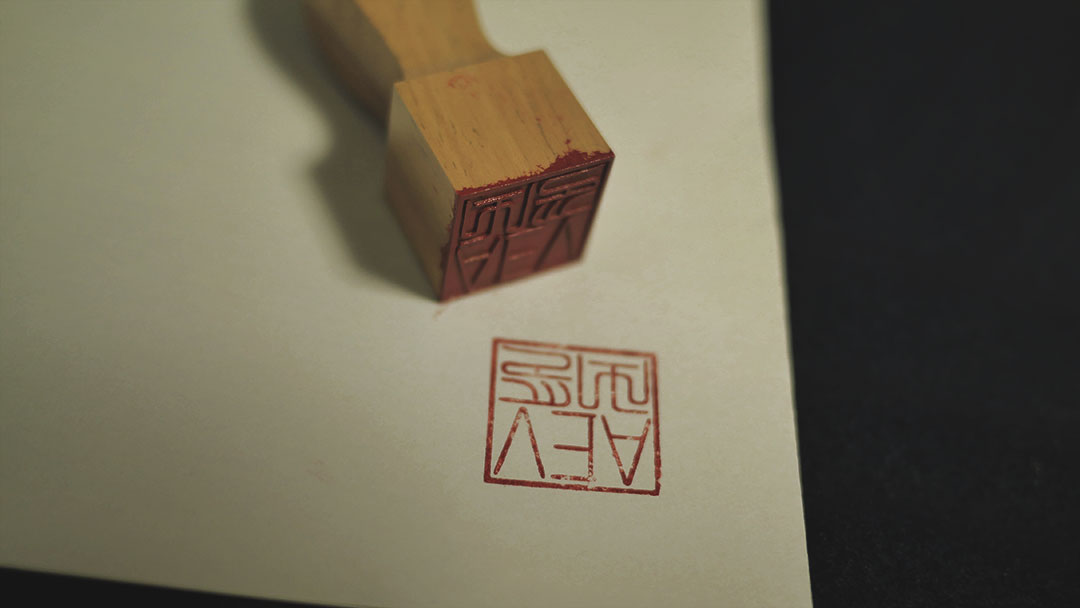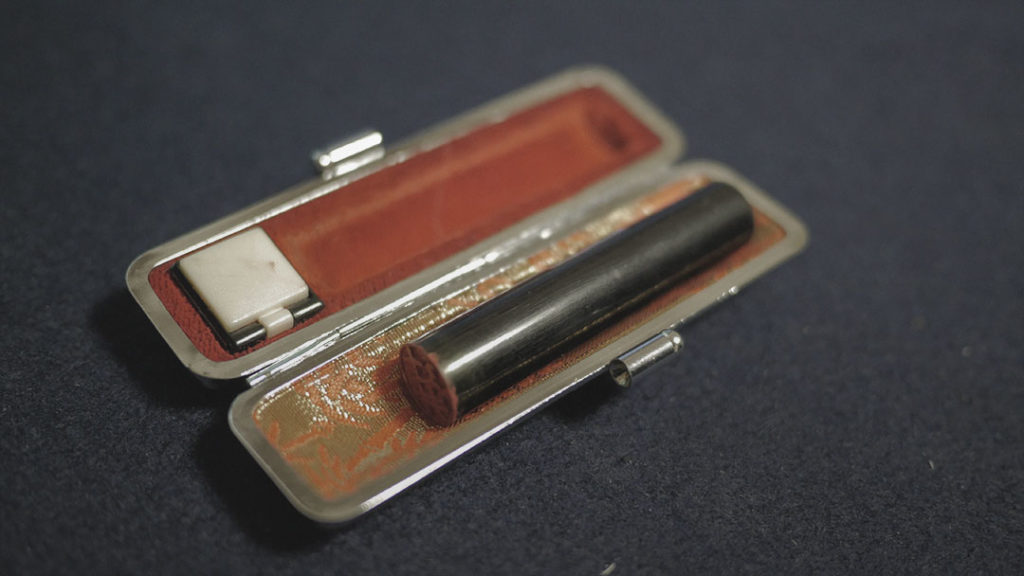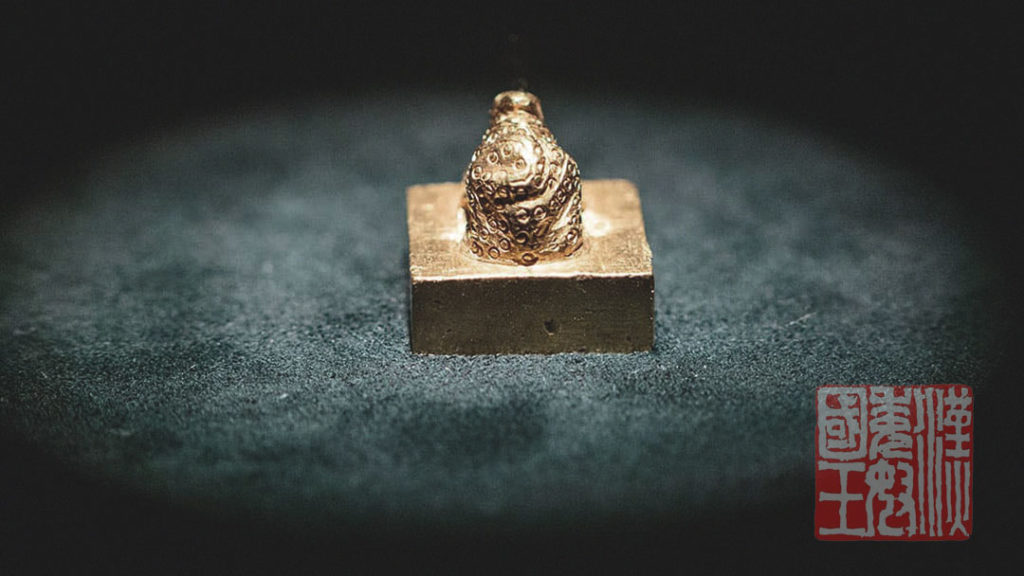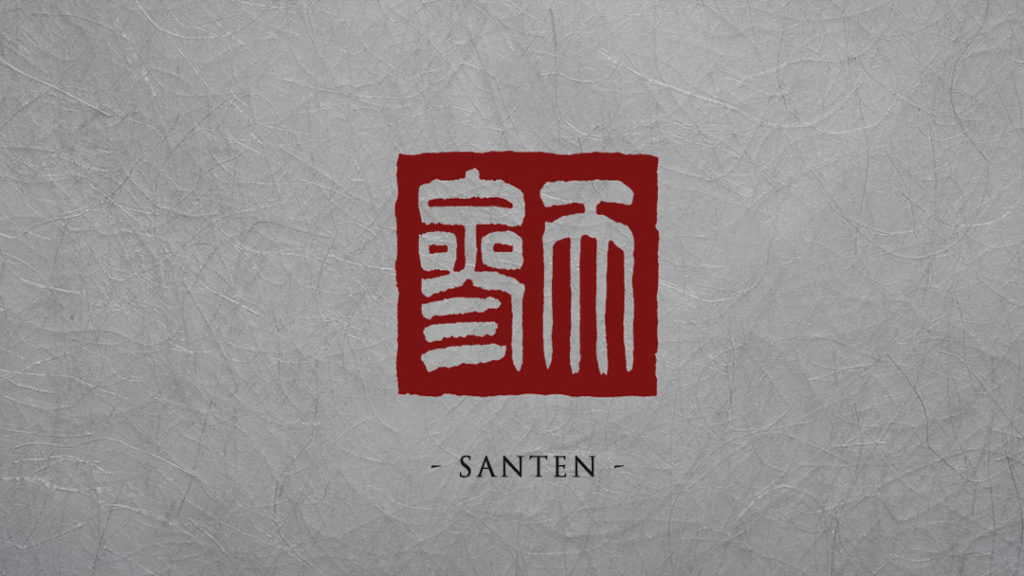
The Hanko(Inkan) Culture in Japan
In Japan, instead of handwriting their signatures, people use name-engraved hanko (also known as inkan) to authenticate documents.
Generally, individuals own more than one hanko, each designed for a distinct occasion.
For instance, there are private seal hanko for receiving parcels, bank-registered hanko for opening a bank account, and correctional seal hanko for making corrections on official documents.

The Historical Journey of Hanko in Japan
The culture of using signature stamps was allegedly introduced to Japan from China during the late Han era.
This claim is supported by the discovery of a famed golden stamp, engraved with “漢委奴国王印 Kanno Wano Nano Kokuo” (the seal of the King of Japan, Chinese Colony).
During the Heian era, personal seals started gaining popularity among commoners.
However, a significant shift occurred during the Meiji era.
A law was enforced to register and manage hankos, introducing the registration system of personal seals.

Hanko for Calligraphy and Paintings
You might have noticed a red hanko stamp on calligraphy pieces or Japanese art pieces.
This type of seal is called tenkoku-in or rakkan-in.
Contrary to personal seals, this one can be used just for enjoyment, and you can design it in any way you prefer.
Yet, there are certain rules and practices to follow in terms of kinds, characters, and ways to stamp one in calligraphy.
Expanding the World of Hanko
Despite their small size, hankos carry unique expressions.
The choice of kanji characters, the font style, and the layout all contribute to the individualistic design of a hanko.
They are usually carved from durable materials, like wood or ivory, ensuring their longevity.
This delicate carving process requires expertise and precision.
In the digital era, hankos adapt to contemporary needs.
Digital hanko allow people to append their unique stamp to electronic documents, although the traditional physical hanko still maintains its role in formal contracts, marriage registrations, and other significant documents.
Some enthusiasts even collect hankos, admiring the beauty of the craft and the unique imprints each hanko creates.
Collections may include hanko from different historical periods, those with unusual designs, or hanko once owned by famous individuals.
Owning a hanko can be an exciting journey.
Ordering from a hanko shop or online, you can have a personalized design, choice of materials, and even select your favorite kanji characters or have your name transliterated into kanji.

Conclusion
The red stamp on a hanko brings a sophisticated touch and taste of Japanese aesthetics to any document or artwork it’s used on.
Embracing the hanko culture can offer a deeper understanding and appreciation of Japanese tradition.
So why not explore the world of hanko and find your own unique stamp?



